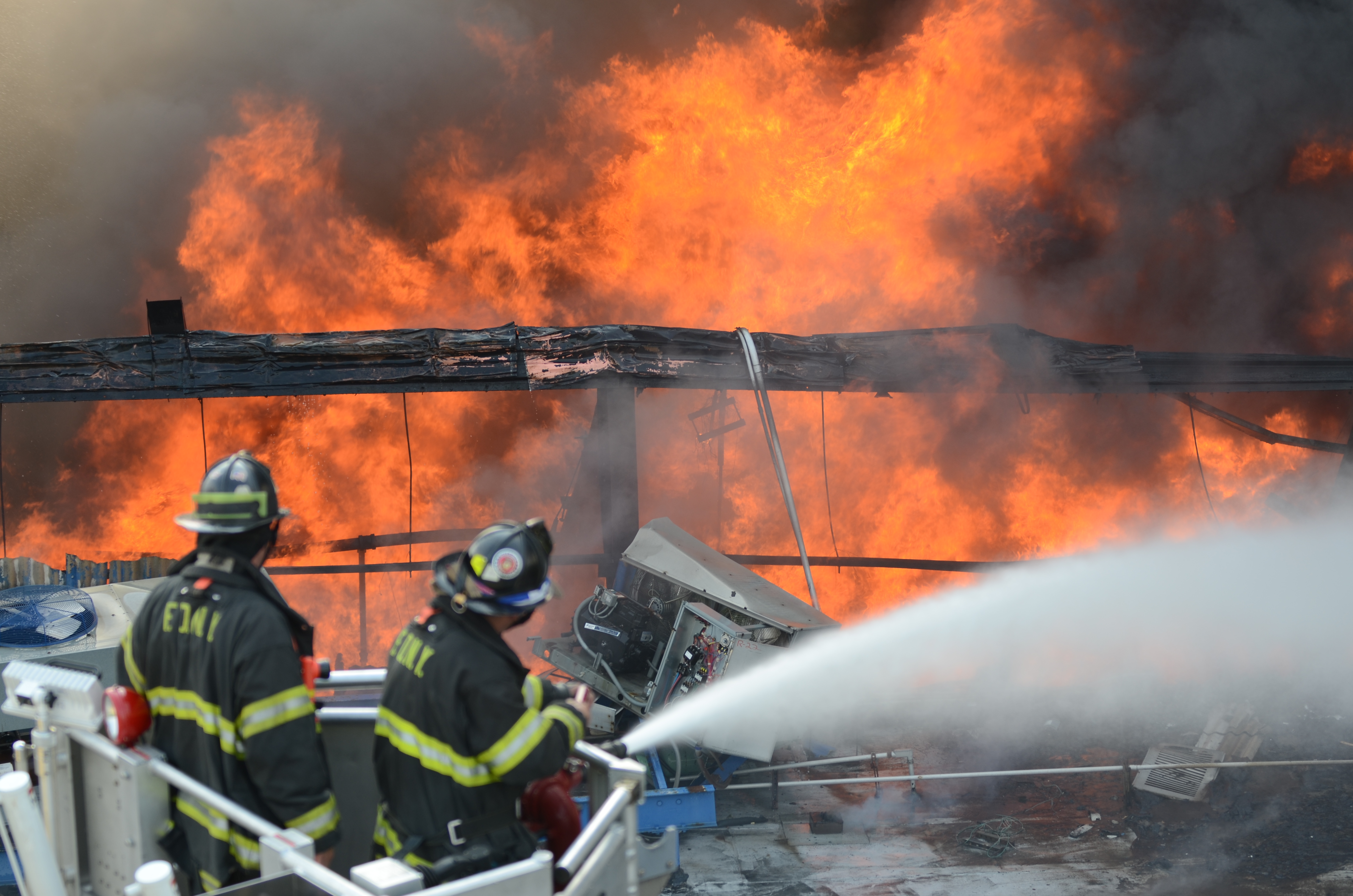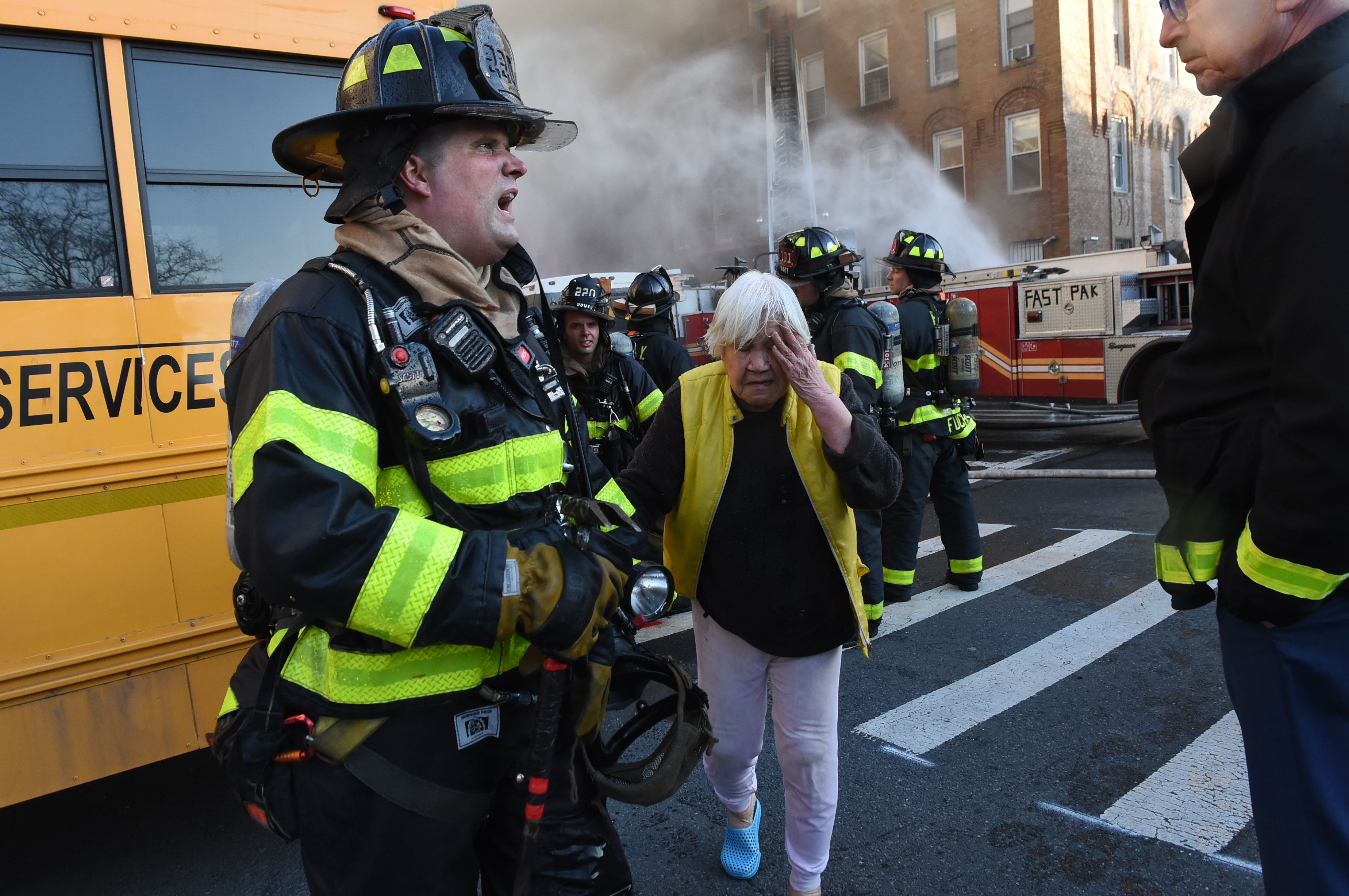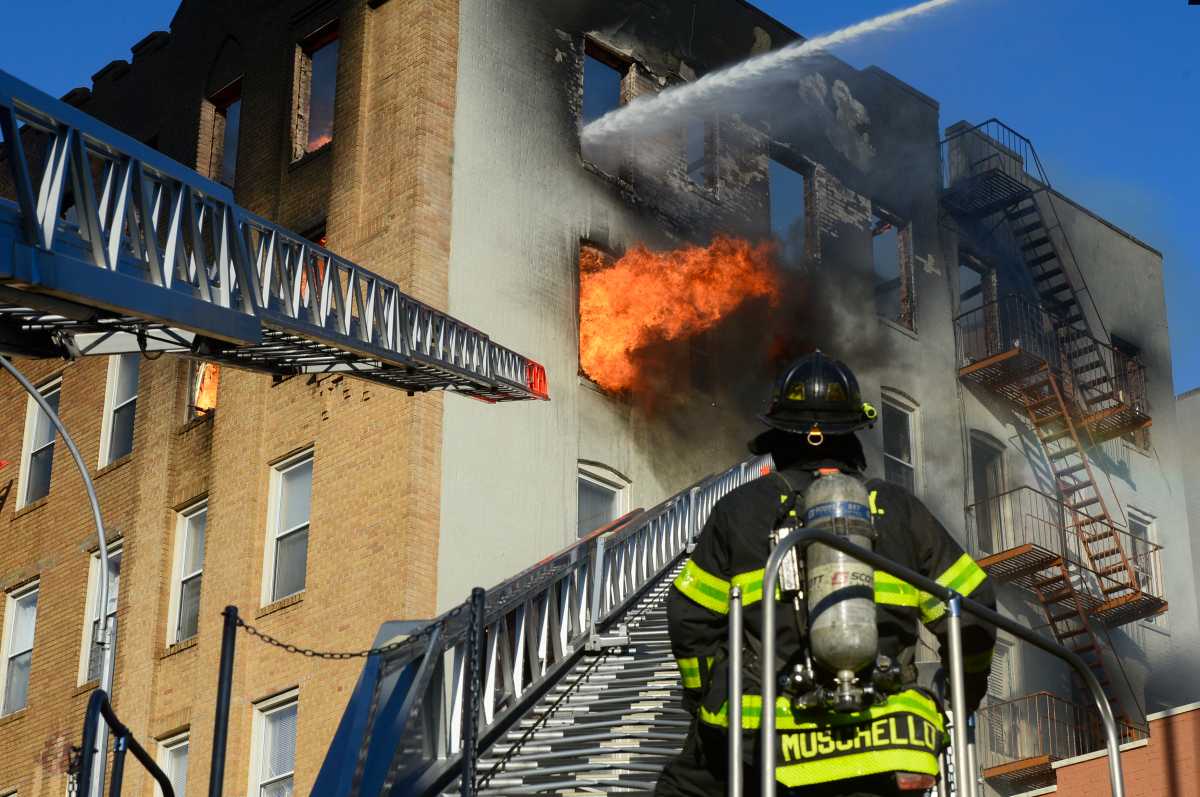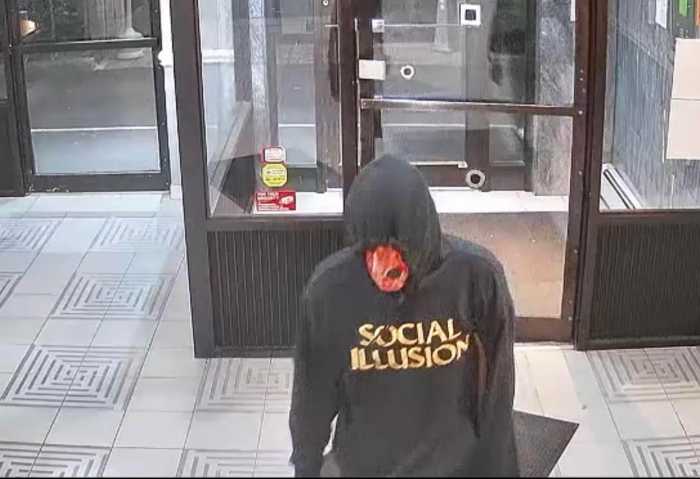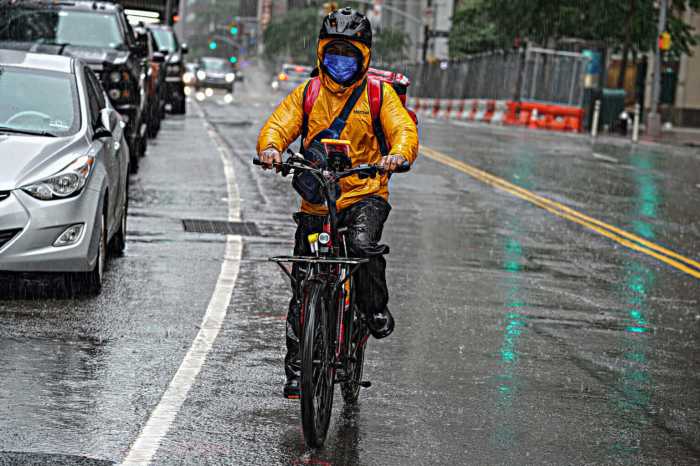New York City building owners have had 15 years to comply with tougher sprinkler system regulations passed back in 2014 — and yet, 900 commercial buildings remain out of compliance, according to a new City Council report.
The report was issued Wednesday alongside a new bill, Intro. 1146, that would mandate the installation of automatic sprinkler systems in all residential buildings at least 40 feet tall by Dec. 31, 2029 — regardless of when they were constructed.
The legislation would require owners of those buildings, which include Trump Tower, to show they have installed automatic sprinklers by the deadline. The Trump Organization owns one of the buildings, 40 Wall Street, that is on the Department of Buildings list that has failed to complete the sprinkler requirements.
Building owners could face fines of $250 per day for buildings containing 10 or fewer apartments; buildings with between 11 and 25 units would be subject to $1,000 a day fines; and buildings with more than 25 apartments would be subject to $10,000 per day fines.
Currently, of the 900 commercial buildings that have not installed sprinkler systems or are in the process of installing them, 113 have filed for extensions, with 22 of those approved and 91 denied. Of those, 106 are in Manhattan. Officials say 94 building owners have not even responded in any way.
However, because fines are so small, many building owners are opting to pay the fines rather than go through the cost of installing sprinklers. On Dec. 1st, DOB will be issuing Class 2 OATH/ECB violations, which do carry a monetary penalties, though the DOB didn’t specify. Penalties associated with these violations can be waived if compliance is certified within 60 days. The cost of these violations go up on sometimes during the year of 2020 and then inspections will continue to occur every two months.
The 2004 local law required 1,232 buildings to have installed the sprinklers within a 15-year period. Only 5% of building owners had actually complied, Department of Buildings officials testified at a City Council joint committee hearing on Wednesday.
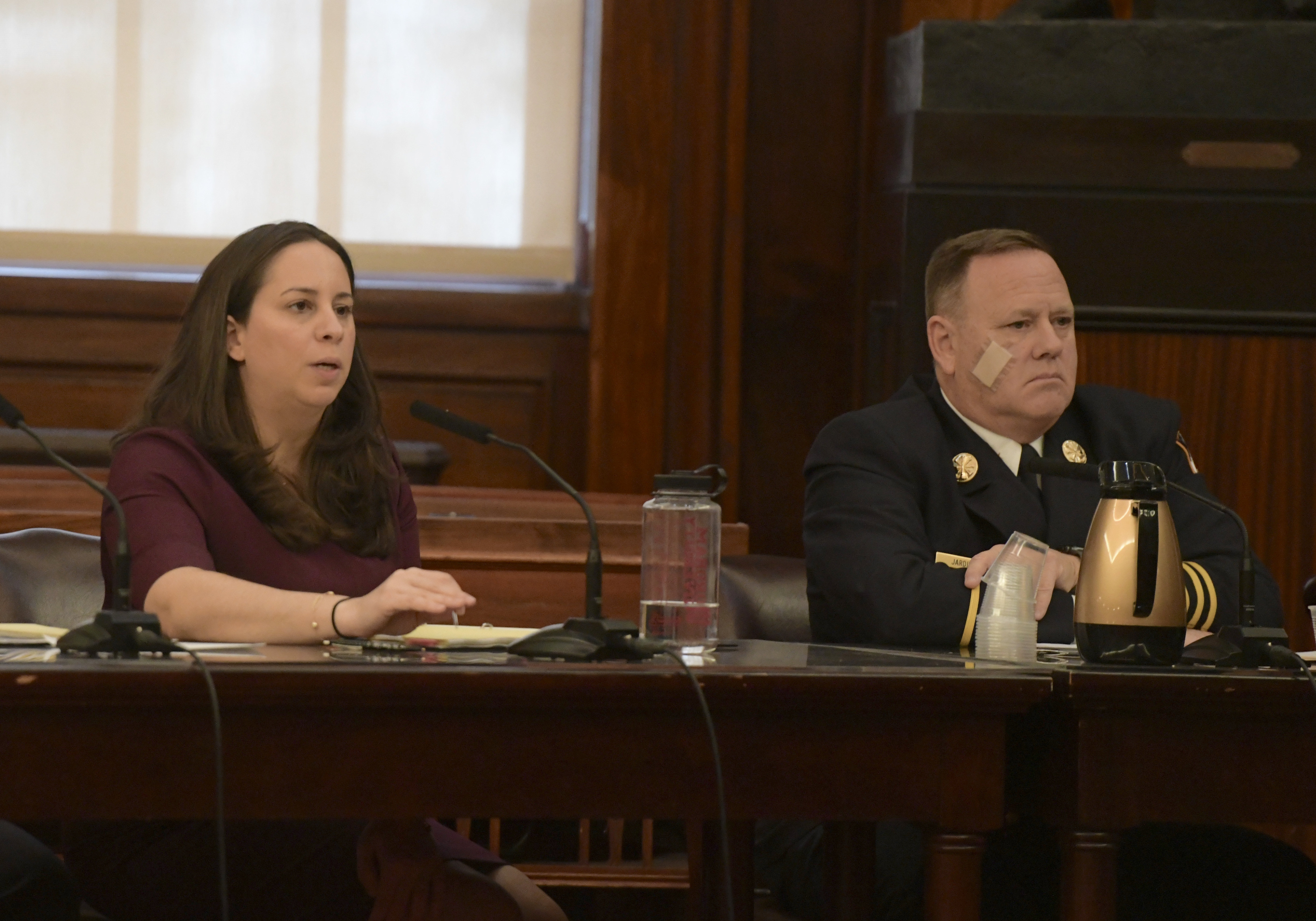
Buildings Commissioner Melanie La Rocca said that buildings are inspected on a 60-day cycle and that most inspections are triggered by resident complaints that the work hasn’t been done. She said more inspections would be done and enforcement actions would follow – and fines would follow after December 1.
Deputy Chief Joseph Jardin, FDNY Chief of Safety, said that while most fire deaths occur in private homes, the addition of sprinklers makes any building safer and more likely for its occupants to survive a fire.
In the past, building owners have complained about the high cost of installing sprinklers in their buildings. The Council estimates costs to range between $3.70 to $4.64 per square foot for new construction. Costs could rise depending on retrofitting, because of the need for automatic wet standpipes, and disruptions for tenants and business operations.
A mandatory standpipe, a water supply to most sprinklers, can cost a building owner an additional $300,000. Building owners have also expressed concerns that sprinklers can impact aesthetics and cause water damage due to accidental activation, tampering or leakage.
But Councilman Joe Borelli said building owners have had “enough time.”
“It’s time to enforce the rules. This is not a crack in the sidewalk, this is a real concern,” Borelli said.
A 2017 National Fire Protection report presented to the council found that buildings with automatic sprinklers resulted in 87% lower fire death rates among both civilians and firefighters compared to buildings that didn’t have sprinklers. The report also found that sprinklers reliability activated were effective in controlling fires 88% of the time.
Councilman Barry Grodenchik, sponsor of the bill to install sprinklers in residential buildings, said the city shouldn’t have to wait until a tragedy like the 2017 Grenfell Tower fire in London, where 72 people were killed.
“We had 12 people killed in the Bronx when a child was playing with the stove,” Grodenchik said. “If there were sprinklers, the fire would’ve been contained and those people, including two little babies, would’ve been saved.”
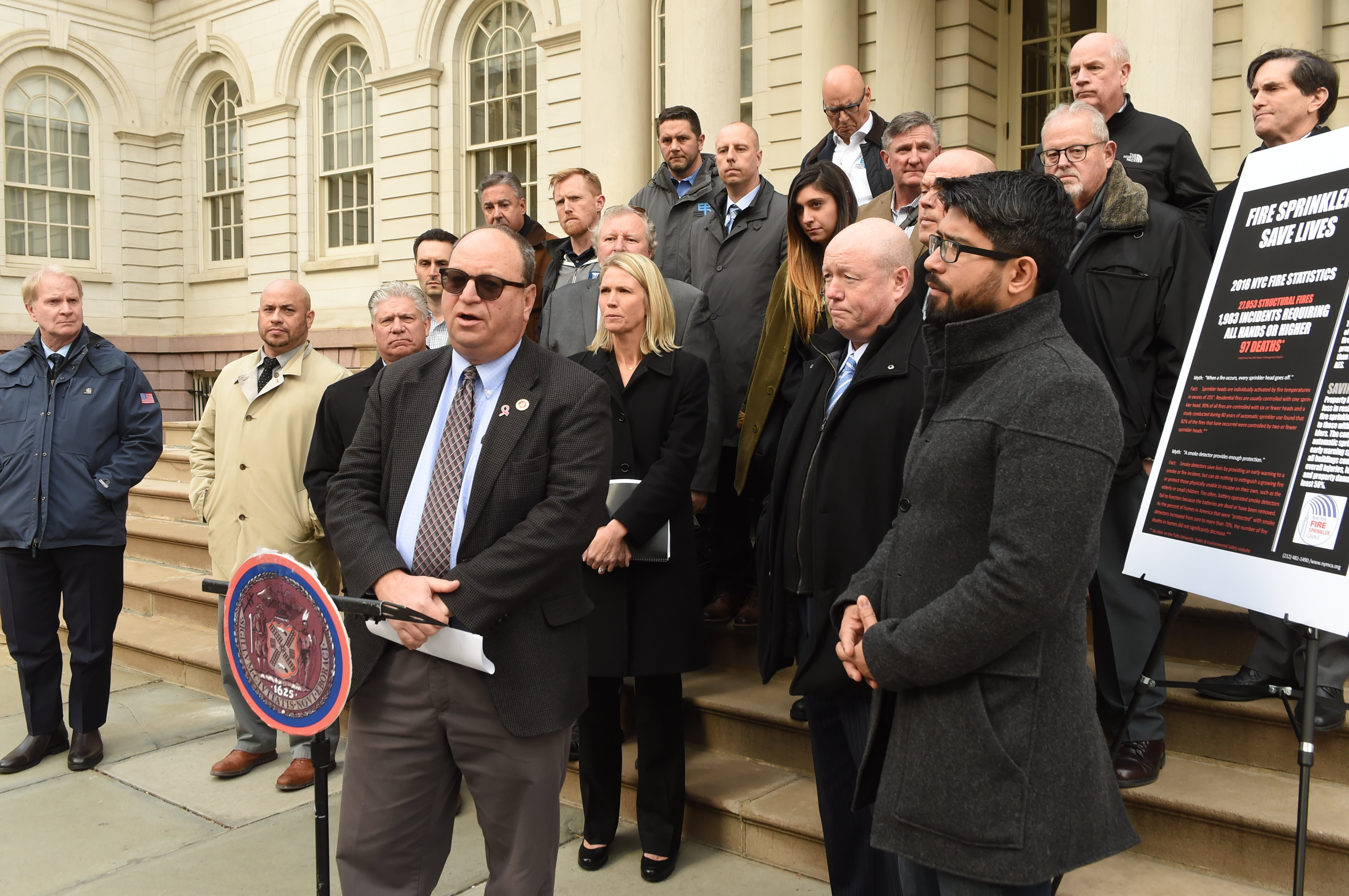
Councilman Carlos Menchaca, of Sunset Park, said he recalled a six-alarm fire in an older building in April that had no sprinklers.
“This was an old building and should’ve had sprinklers – it not only endangered residents living there, but it also endangered Fire Department responses,” Menchaca said of the April 11 tempest. “This is the kind of legislation that comes from the stories all of you can tell, this is why I’m here.”
Members of the Steamfitters Union and other associated unions were on hand to support the new bill. Union President Patrick Dolan said statistics show sprinklers save lives.
“For the 30-year period from 1970 through the year 2000, there were almost 6,900 casualties as a result of fires in New York City,” Dolan said. “In the most recent 19 years since 2000, there have been less than 1,500 fire-related deaths in the city because we’ve been proactive about sprinklers.”
